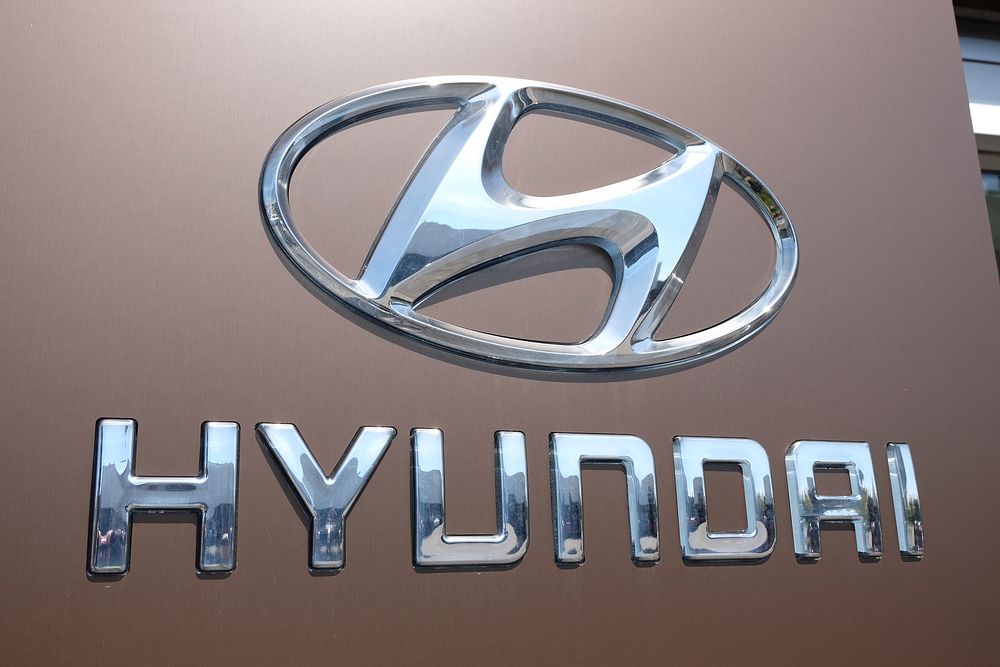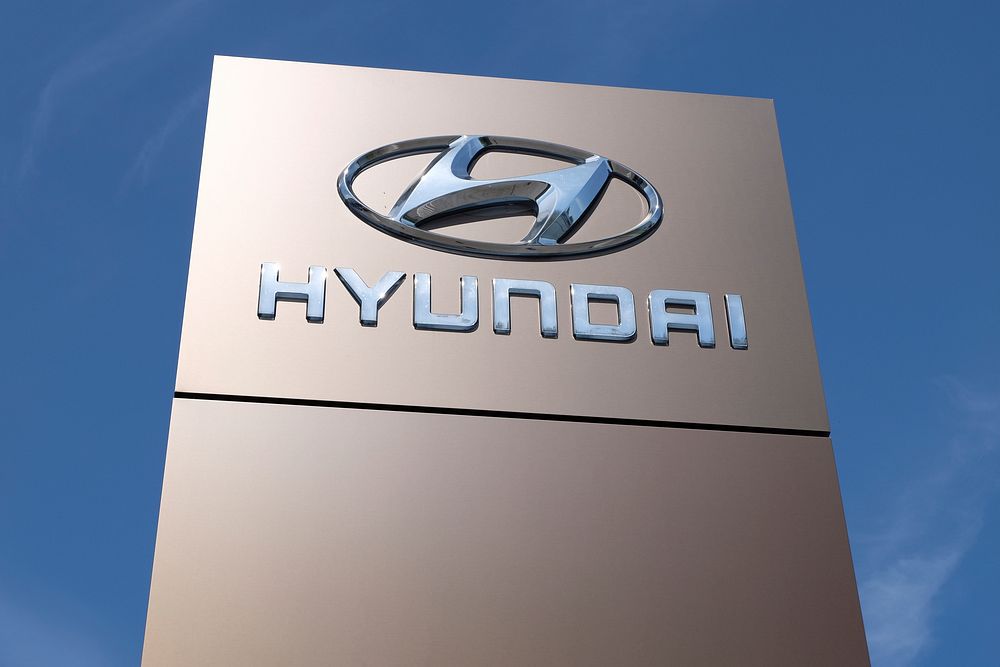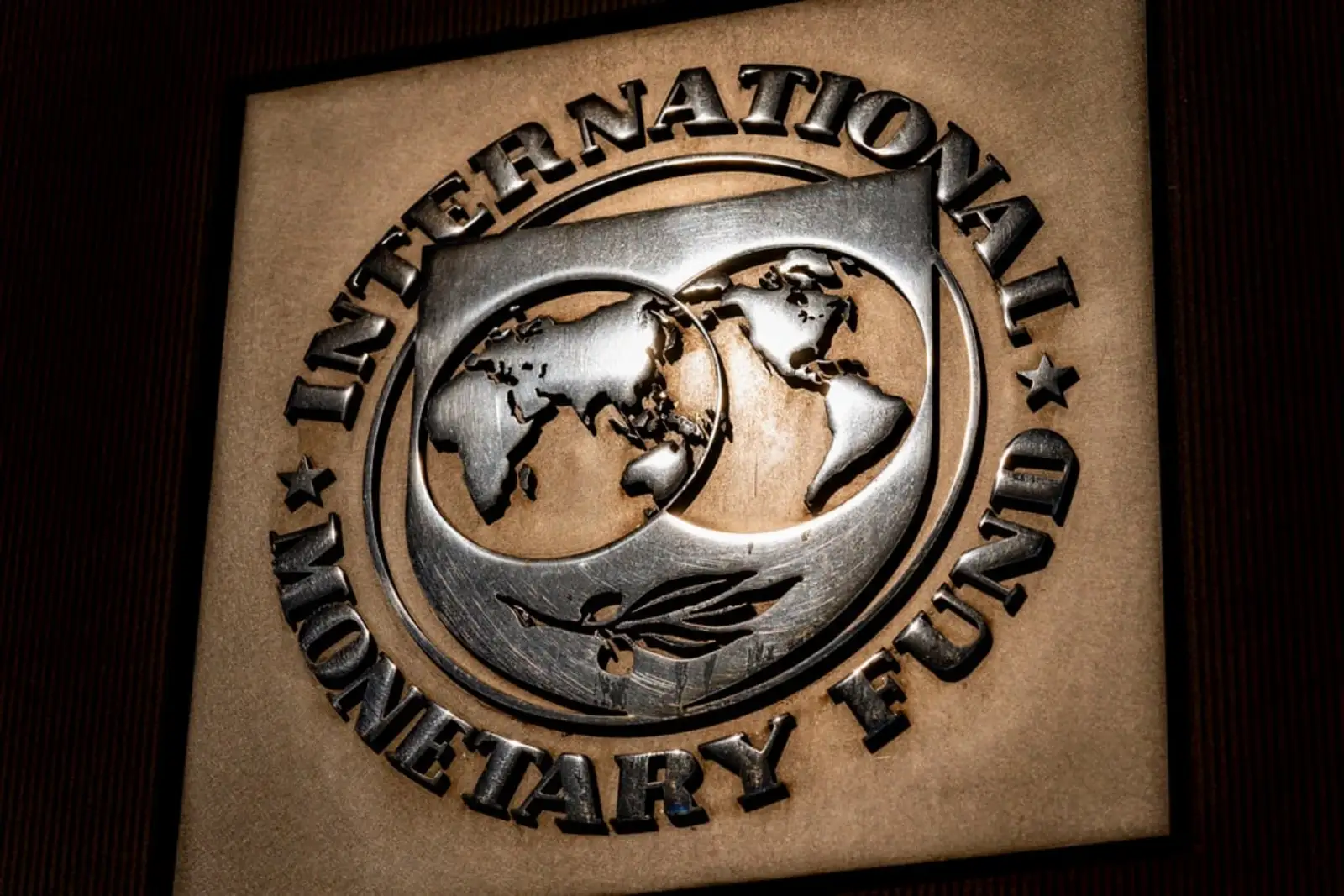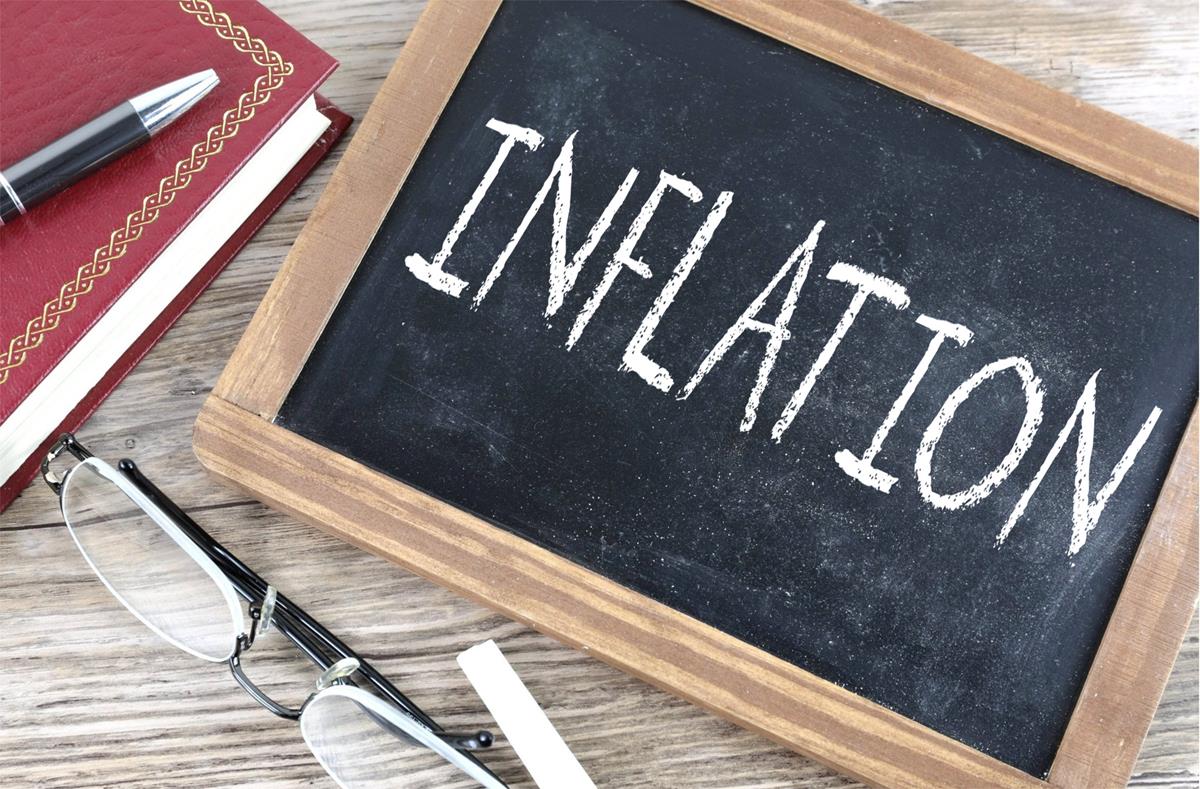A Human Look at the EV Slowdown
In the age of electric dreams, one of the world’s biggest automakers is pumping the brakes. Hyundai Motor Company has announced a temporary suspension of some electric vehicle (EV) production in its home country of South Korea, raising eyebrows across the auto industry. The news, first reported by Yonhap News Agency, may sound like a routine supply-chain update. But when we look closer, it tells a deeper, more human story—one of shifting consumer sentiment, global economic stress, and the bumpy road ahead for EV adoption.
From Acceleration to Pause: What Happened?
The production pause will affect Hyundai’s Ulsan plant—one of the world’s largest auto production complexes. From April 24 to April 30, key production lines making the Ioniq 5 and Kona Electric will be idled. The reason? A noticeable drop in orders from global markets, especially the United States.
Two major factors are being blamed:
- Slow EV demand, partly due to waning consumer enthusiasm.
- New 25% U.S. tariffs on imported cars, including EVs, imposed by President Donald Trump’s administration.
The combination is squeezing Hyundai at a time when the brand has been aggressively investing in electric mobility—both at home and abroad.
Why EV Demand Is Slowing
Just a few years ago, the electric vehicle market was riding high on hope, incentives, and a clear environmental mission. Governments handed out subsidies, consumers showed interest in clean alternatives, and automakers bet big on electrification.
But in 2025, reality has settled in.
Many countries, including the U.S., have started rolling back EV incentives. Consumers, still struggling with inflation, higher interest rates, and general economic uncertainty, are rethinking big-ticket purchases like new electric cars. Add to this range anxiety, limited charging infrastructure in many regions, and higher upfront costs—and the shine on EVs begins to dull.
US Tariffs: A Sudden Barrier
To make matters worse, the 25% U.S. tariff on imported electric vehicles has thrown a wrench into international supply chains. For Hyundai, which exports EVs from Korea to the U.S., this translates to immediate price pressures.
While Hyundai has committed to holding sticker prices steady for now to protect customers and dealers, this is only a temporary fix. Long-term, higher tariffs may force the automaker to rethink production, pricing, and its investment strategy in the region.

The $21 Billion Bet
Earlier this year, Hyundai made headlines with a bold $21 billion investment plan in the United States—a move designed to boost domestic EV production and circumvent tariff challenges. It was hailed as a win-win for jobs, innovation, and green energy.
But today’s production pause shows how unpredictable the road ahead remains. Even with billions on the table, global demand and political tensions can reshape outcomes overnight.
What This Means for Hyundai Workers
Behind the corporate numbers and global headlines are the people who keep Hyundai running—assembly line workers, engineers, suppliers, and contractors. The Ulsan plant employs thousands, and even a weeklong suspension ripples through families and local economies.
For many workers, this isn’t just about losing a week of shifts. It’s a symbol of something deeper: the uncertainty of an industry in transformation. One worker, quoted anonymously by a Korean news outlet, said: “We’ve seen slowdowns before, but this feels different. EVs were supposed to be the future. Now we’re not so sure.”
Consumers Are Caught in the Middle
This news also affects car buyers who were considering going electric. Many are now facing mixed signals—should they invest in EVs now, or wait to see if prices fall or models improve?
Hyundai’s Ioniq 5 and Kona Electric have both received praise for their design, range, and tech features. But if production slows and market sentiment weakens, consumer confidence in electric mobility might suffer too.
It’s a classic chicken-and-egg problem: fewer incentives lead to fewer buyers, leading to production pauses, leading to even fewer buyers.
A Global Wake-Up Call for the EV Industry
Hyundai’s move is not isolated. Across the globe, other automakers are also reassessing their EV strategies. Some are slowing development of new electric models. Others are reviving hybrid programs. Even companies that led the EV charge are now rethinking their pace.
This doesn’t mean the end of electric vehicles. But it does mean a transition period—where the industry must adapt to new realities:
- Affordability matters. EVs need to be accessible, not aspirational.
- Infrastructure must improve. Charging stations must be as common as gas pumps.
- Global cooperation is key. Trade wars and protectionist policies only delay progress.
Where Hyundai Goes From Here
Despite the pause, Hyundai isn’t backing down from its EV commitment. The company has reassured stakeholders that this is a temporary measure to align production with demand. It remains focused on long-term goals, including:
- Expanding local EV production in the U.S.
- Developing next-gen batteries for longer range and lower costs.
- Investing in hydrogen fuel cell technology as an alternative.
In the end, Hyundai’s ability to pivot—while holding onto its core vision—may determine how well it weathers this storm.
A Moment for Reflection
When we step back, this isn’t just a Hyundai story. It’s a story about ambition, disruption, and adaptation. It’s about how a fast-moving future sometimes needs a moment to catch its breath.
The electric revolution is real, but it’s not immune to the same forces that have shaped every major industrial transition: policy shifts, consumer moods, and economic turbulence.
If anything, this production pause is a reminder that change takes time, and that even when the engines go quiet, the journey continues.
Conclusion: Hope, Hesitation, and the Human Element
In a world racing toward cleaner energy and smarter mobility, it’s easy to forget that every car made, every policy announced, every factory paused—affects real people. Hyundai’s EV production pause is not just about tariffs or slowing orders. It’s about how humanity navigates big shifts—economically, politically, and emotionally.
The electric road ahead may have bumps, but it still leads to a better destination. The question now is not if we’ll get there—but how.




